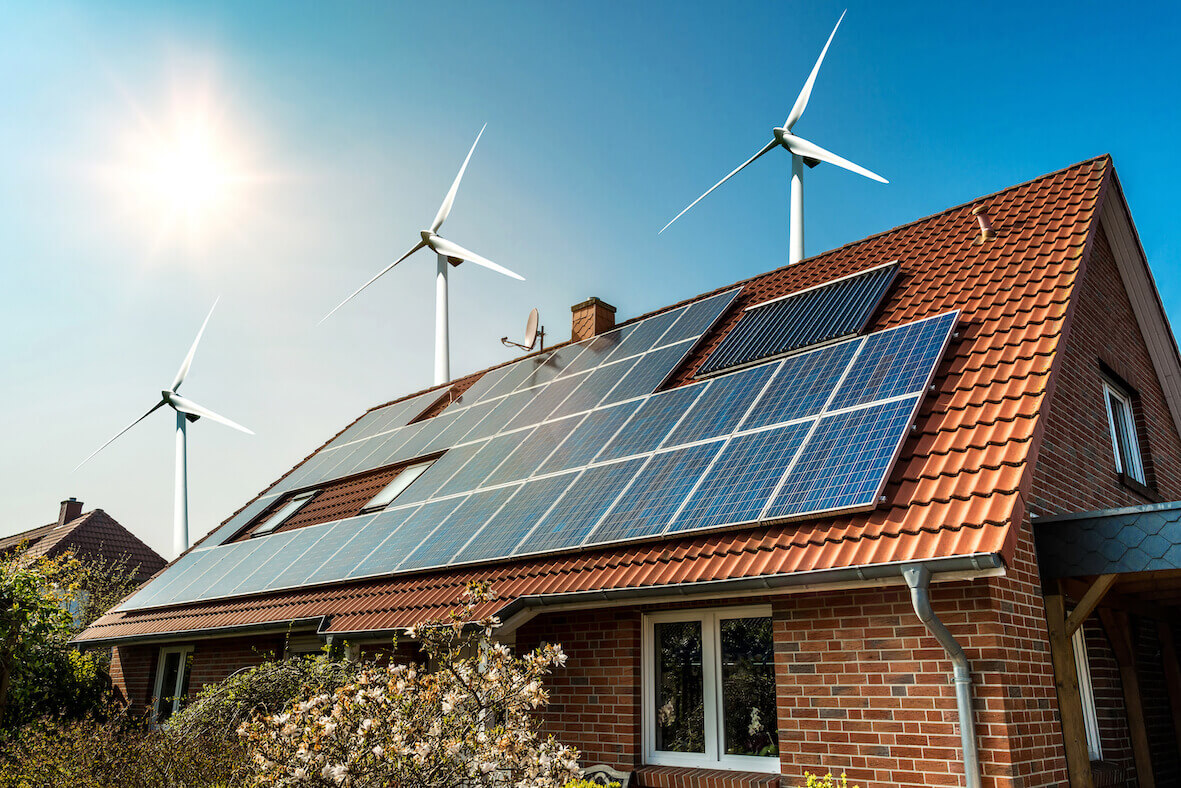What is Japanese Knotweed?
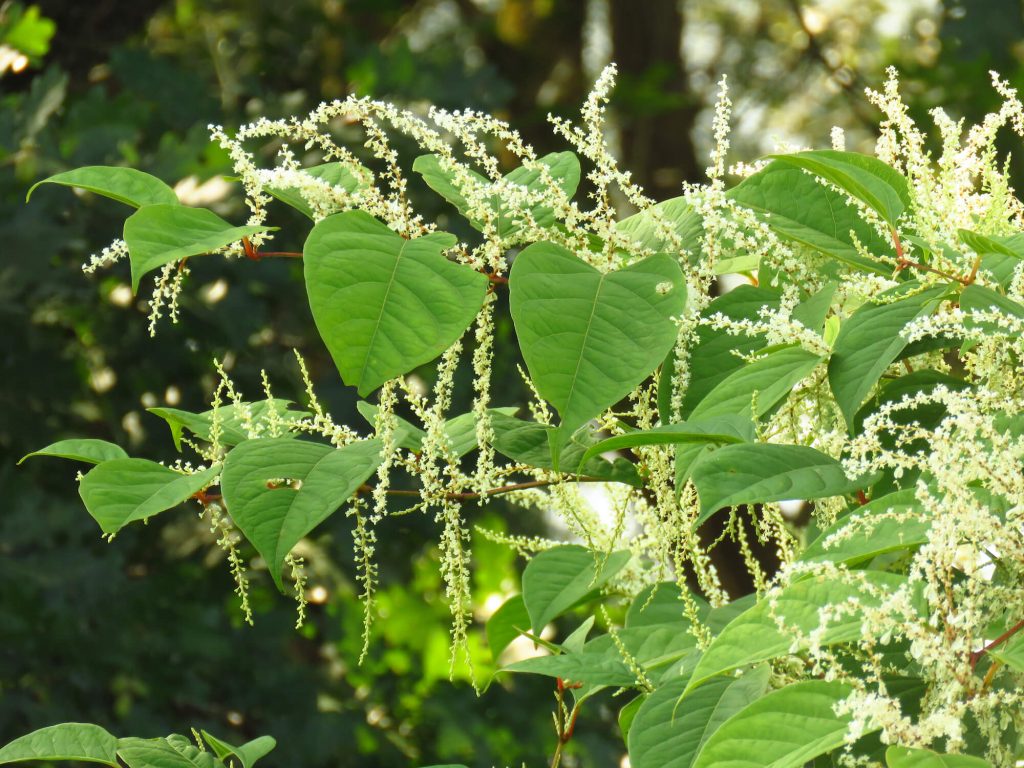
Japanese knotweed is widely regarded as a nuisance and has long been the subject of debate among property professionals, homeowners, and homebuyers.
So, what is this Japanese knotweed we hear so much about?
A hardy, perennial bamboo-like plant, Japanese Knotweed is present throughout most of the UK. A piece of root the size of a fingernail can grow into a new plant.
Japanese knotweed has caused serious problems to areas including roadsides, riverbanks, and derelict land, by displacing native plants and causing structural damage. It is an offence under the Wildlife and Countryside Act 1981 to ‘plant or otherwise cause Japanese Knotweed to grow in the wild’, and knotweed-contaminated soil is classified as ‘controlled waste’ under the Environmental Protection Act 1990.
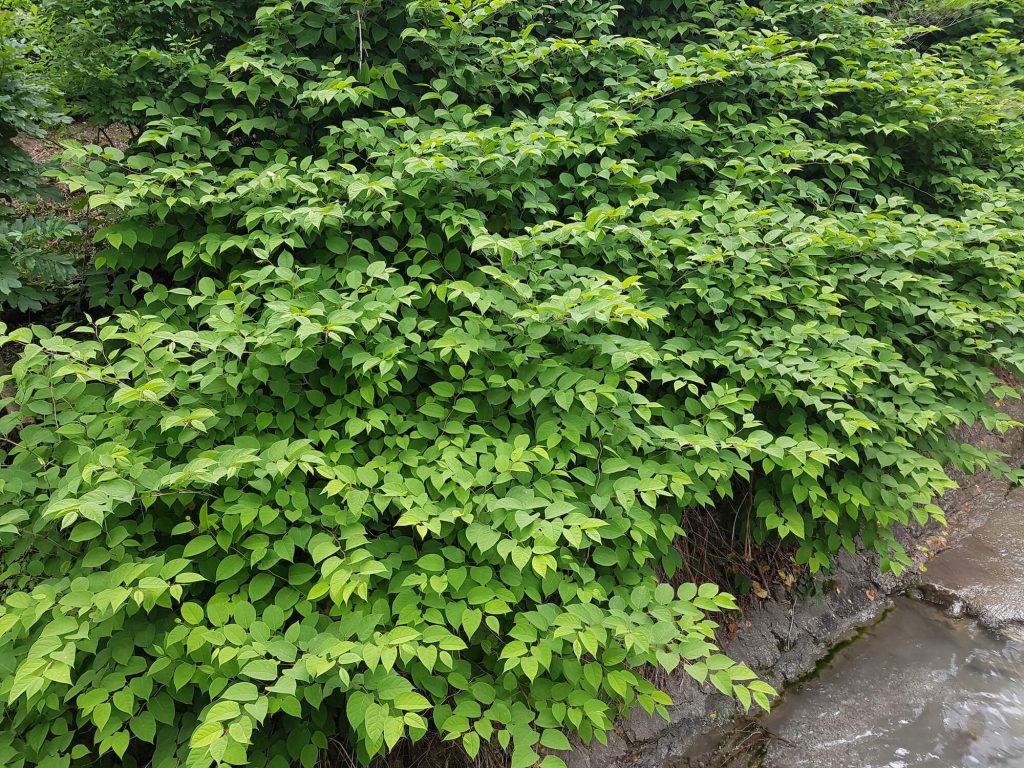
How do mortgage lenders assess the impact of knotweed on the value of your home?
When Japanese knotweed is detected on or adjacent to a property, a mortgage lender will want to understand any visible damage to the subject property, how it impacts patios, pathways, lawns and driveways, how widespread the growth is, and any impact on neighbouring land.
When valuing the property, a surveyor will consider the impact of knotweed plants (or ‘stands’) and the potential for damage to the property and surrounding areas. This includes an assessment of:
-
- how the knotweed prevents the use of or restricts access to driveways, patios, lawns and pathways
- the height and spread of the growth
- the root system
- proximity of the knotweed ‘stands’ to structures
- any structural damage, including boundary walls and retaining walls.
The surveyor will also consider the impact on any areas that could be extended in the future e.g., side pathways, driveways, and patio areas.
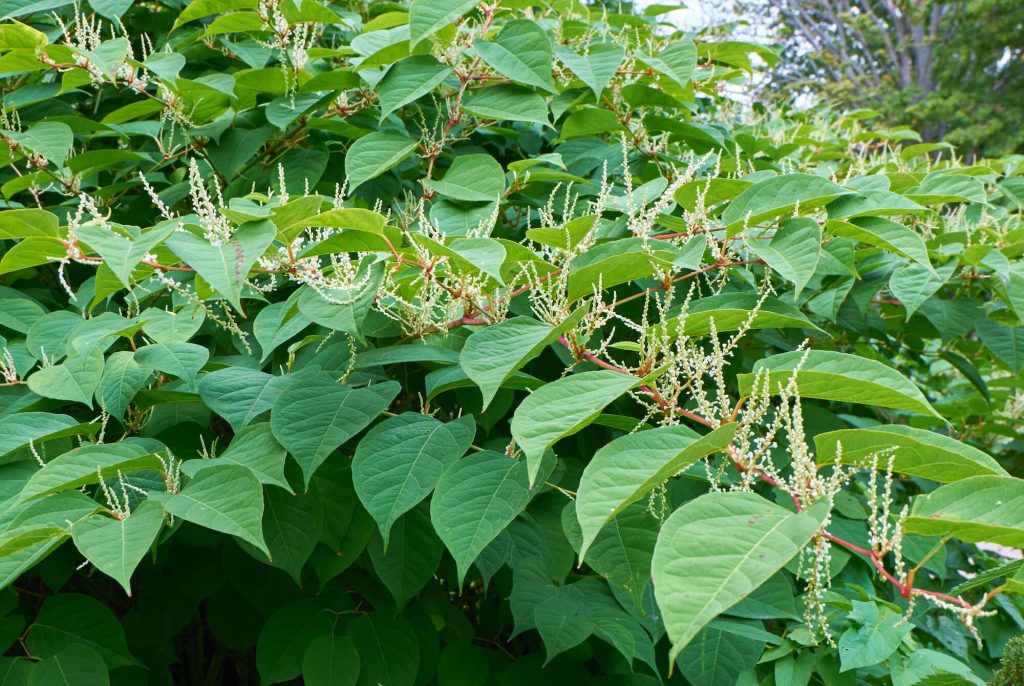
Dealing with Japanese knotweed
If you have knotweed on your property, don’t attempt to remove it yourself. It is spread very quickly by small fragments of rhizome or stem growing or being transported through soil or water.
Knotweed is also classified as ‘controlled waste’ under the Environmental Protection Act 1990 (EPA 1990), and therefore must be disposed of by a registered waste carrier at an appropriately registered or licensed site.
Whether you own or are thinking of buying a property on which Japanese knotweed has been identified, it is obviously important that you understand the cost of any necessary treatment or removal work. Mortgage lenders normally require evidence of treatment that will eradicate the plant as a condition of lending.
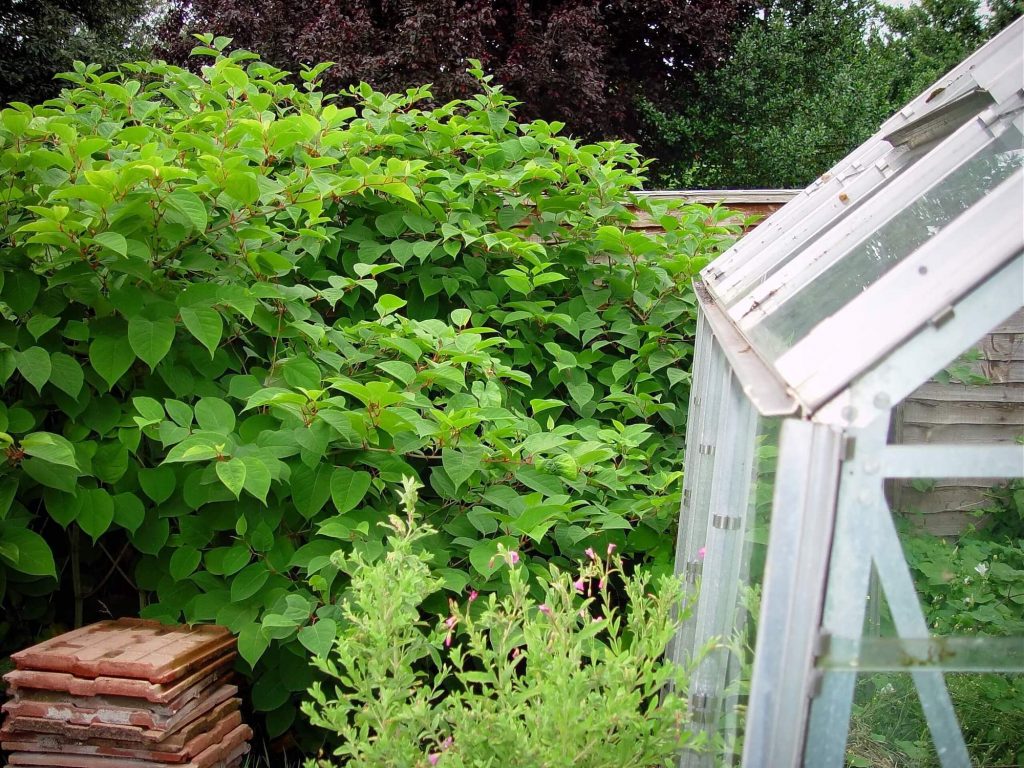
Before you buy:
It is important to remember that the presence of Japanese knotweed or other invasive species may affect the valuation of a property and that treatment / removal should be factored into your moving costs.


